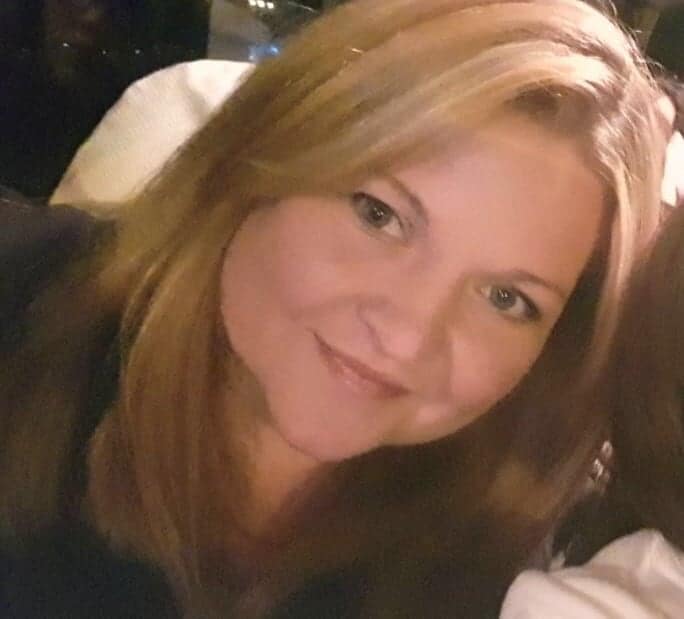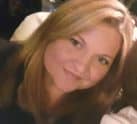
Sondra Fraleigh, Director of Eastwest Somatics Institute is an international leader in dance, yoga, and somatic healing arts. In this interview we learn more from Sondra about the field of somatics and the benefits that can be experienced
Could you tell us a bit about your background and your professional journey?
I am a dance and somatic studies teacher and ecosomatics advocate. My original work in establishing Eastwest Somatics Institute combines my background as a professor of dance for over 40 years with my somatic journey as a certified Feldenkrais teacher, and my study of the Alexander Technique and Cranio-sacral therapy. Eastwest also integrates my many years of studying and teaching yoga. My career of more than 50 years has taken me to Japan for the study and performance of butoh and to India as a guest teacher and choreographer at the University of Baroda. These travels have entered into my teaching and publication. I have a new book coming out through Intellect Press in the UK, Somatics in Dance, Ecology, and Ethics: The Flowing Live Present (in press). Moving Consciously: Somatic Transformations through Dance, Yoga, and Touch is my book about somatic methods and my personal journey through these, published by the University of Illinois Press (2018).
As a practitioner, how do you describe somatics to someone curious and who doesn’t know much about it?
Somatics is a broad field of studies with several perspectives on movement education and therapy, psychology, and leadership. At Eastwest, I teach somatic movement for everyone, not just experts. This is my approach. I teach simple movement processes to enhance embodied awareness, including somatic yoga and intuitive dance processes in the studio and the environment. I have created a unique form of bodywork that assists people according to their goals. I also teach meditation as a deceptively easy process that assists people toward improvement and healing. One of the beautiful benefits of movement somatics is that participants learn methods of helping themselves.
Is somatic movement therapy primarily used to address trauma and anxiety, or are there other benefits that can be experienced for overall well-being?
Somatic movement therapy is a term that has been developed and supported professionally through ISMETA, International Somatic Movement Education and Therapy Association. The term is interpreted widely by various schools and approaches. I notice that people enter into somatic processes hoping to change something – it could be body image, feeling better about themselves, or they hope to relieve specific pain and trauma. Often, people don’t know what they want to receive in somatic movement work, especially as it involves intuitive forms that can excavate body memories. This can be healing on levels that are not easy to put into words. Movement itself is the healer when it is experienced in an atmosphere of acceptance. Not-judging and not-knowing the answers seems antithetical to progress. However, change occurs in slow time and in relation to each individual’s pace. Trust is invested in somatic processes, which gives them part of their power. Well-being, in my experience, can’t be willed, but it can be cultivated daily as a practice. Somatic yoga (gentle imagistic yoga), intuitive ways of dancing and trusting the body in motion, and creative approaches to bodywork through movement assist the daily healing process. Yes, we are always in the process of healing. Healing isn’t a one-time event.
What does a session look like?
It depends. For instance, a session of Shin Somatics* (the name of our methods) might be a Land to Water Yoga group class for seniors. This form of yoga uses nature, animal imagery and infant movement patterns creatively; thus it can be adapted for a variety of populations. Another session might involve dancing in nature; often, we breathe with trees or bond with sandstone in my favorite place here in Southwest Utah. Or a session might be contracted individually with an experienced practitioner of Shin Somatics Bodywork. The client has specific goals most often. The practitioner listens and follows what is already happening in the client’s movement patterns and descriptions. She/he uses her hands and whole body to listen for new possibilities for positive change in client habits, which are never abstract in terms of movement. We consider that movement is mind in motion and whole body consciousness. The Practitioner and client summarize the session in activities (walking together, for instance) and review outcomes according to the client’s goals.
One might wonder what progress and change look like when you let go of expectations? Positive change has so many faces and values, not just one look. Somatics is creative work that has many possible outcomes. Joy is a good one. Crying is also good. Statements of understanding and wonder pass between the practitioner-guide and the client-student. When they are partners in the process, both of them feel better as a result.
Please tell us about the programs offered through the Eastwest Somatics Institute.
We are a teaching institute, training students who want to become somatic teachers and therapists. There are three aspects of our program,
1) the study of Somatic Yoga (a creative form related to dance). Land to Water Yoga is our unique form which we share widely. My book, Land to Water Yoga, can be purchased on Amazon. In practice, this yoga gets interpreted in many ways. We like to see what students and teachers make of it. Questions of ownership come up in somatics sometimes. I believe that movement is a human right and gift. No one can own it. Everyone can play with and heal through movement.
2) Intuitive Dance. This emphasizes ecosomatic relationships with nature that trust the instinctive body. We also practice Depth-Movement Dance, a relative of Authentic Movement as another form of Intuitive Dance. Moving intuitively and with awareness can take many turns, and we like to explore these.
3) Shin Somatics Bodywork through Movement – or Shin Restore Bodywork. Students who train with us learn how to utilize all of our processes and translate them to bodywork. This may be the most challenging of all our processes and perhaps the most intriguing. I include two Shin Somatics Bodywork case studies that are richly illustrated in my upcoming book with Intellect Press.
Who would you recommend these for?
Our programs at Eastwest Somatics Institute are for students who want to become certified as somatic movement educators and therapists through ISMETA and Yoga Alliance YA. Anyone can take our morning programs for personal development. The afternoons are usually dedicated to learning and exploring bodywork practices. We have certified many students who are now teachers and practitioners. They can be found on our website where you can also meet our team of Certification Teachers.
Where can we learn more?
Go to our extensive website to enjoy many photographs and videos of our work and find out more about our teachers: www.eastwestsomatics.com. For Mexico, see: www.eastwestsomaticsmexico.com
*Shin is a Japanese word that means Oneness. My logo from my Zen teacher is Shin Shin Ichinyo: Body and Mind are One.




